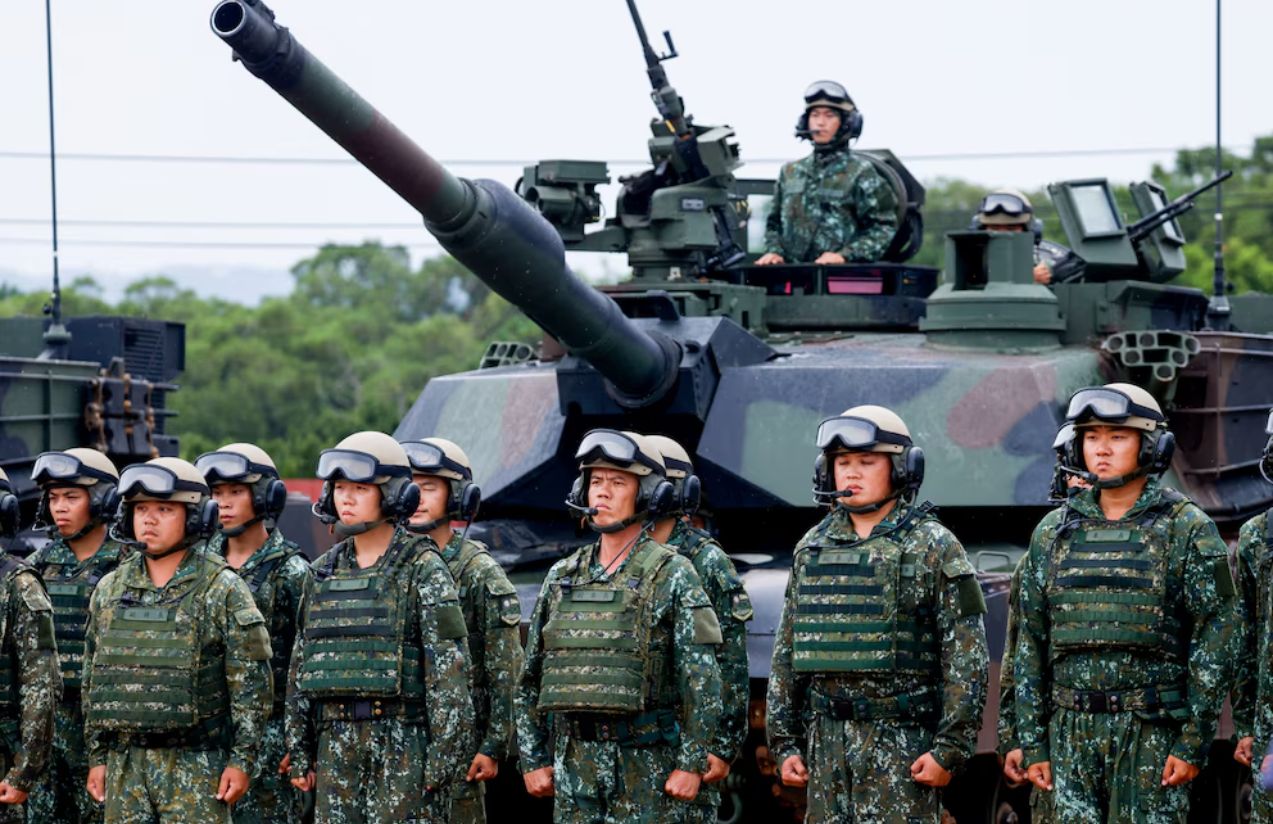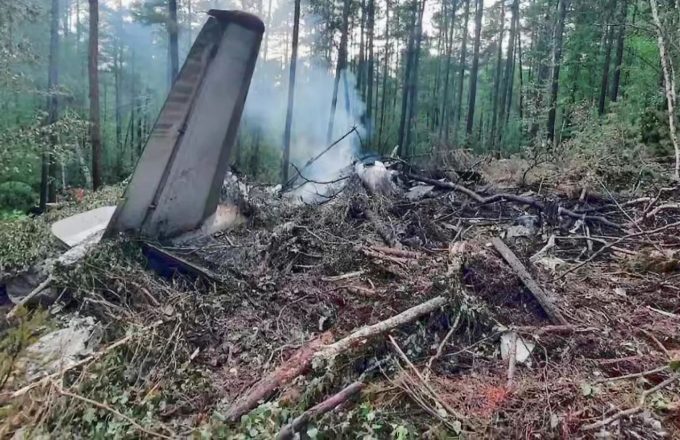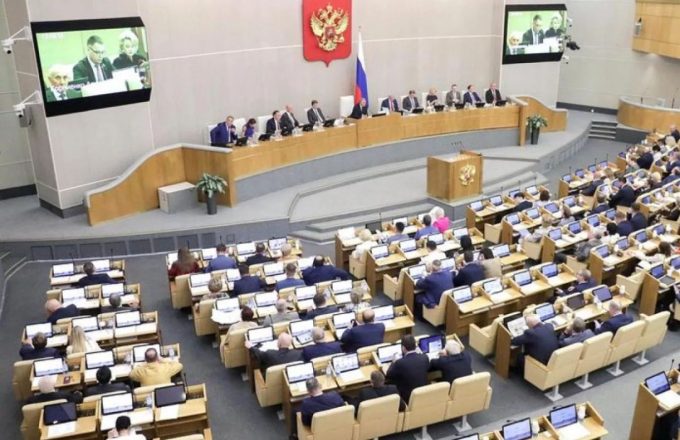With a direct message to Beijing, a senior Taiwanese security official summed up the spirit of the annual Han Kuang military exercises: “If you were Xi Jinping, you’d see this as a tough nut to crack.” The statement encapsulates the message Taipei is trying to send as it carries out its most extensive and prolonged drills to date, amid growing pressure from China.
This week, Taiwan kicked off ten days of defense simulations—twice as long as in previous years—in response to escalating threats of invasion from the mainland. In an unprecedented move, 22,000 reservists were mobilized, including a full brigade of 2,000 to 3,000 troops, to assess how quickly such a force can be trained and deployed.
At a northern campus, hundreds of reservists reviewed rifle and mortar handling, updated their map-reading skills, and practiced close-quarter combat. Other units carried out drone operations, according to The Wall Street Journal.
“Reservists are essential to Taiwan’s defense,” said Ian Easton, associate professor at the U.S. Naval War College. “They bring specialized skills and reinforce areas where defensive gaps exist.”
The show of force didn’t stop with the infantry. On Thursday, President Lai Ching-te oversaw the first public live-fire demonstration of U.S.-made M1A2 Abrams tanks, set to replace the aging Vietnam-era Pattons. On a coastal firing range in Hsinchu, tanks launched real projectiles at fixed and moving targets, with the choppy waters of the Taiwan Strait in the background.
U.S.-made Himars rocket systems also featured prominently, capable of striking targets on China’s southeastern coast. Drones, increasingly vital in modern defense, played a key role in this year’s drills, reflecting a shift in Taiwan’s military strategy.
New scenarios included laying naval mines in ports, defending urban environments, and protecting key infrastructure such as transport hubs—simulating a potential Chinese landing and urban warfare on home soil.
“The chances of stopping them at sea or in the air are shrinking,” warned Chieh Chung, a defense analyst and professor at Tamkang University. “It’s becoming more likely that we’ll have to fight on our own territory.”
The backdrop to these drills is the looming threat from China, which has not ruled out using force to take Taiwan and has identified 2027 as a possible invasion timeline—an estimate echoed by U.S. defense officials.
For over four decades, the Han Kuang exercises have simulated a Chinese invasion, typically ending in a Taiwanese victory after days of intense tank battles, artillery fire, and warplane sorties. Still, military planners acknowledge that the key would be holding out long enough for U.S. support to arrive.
In the lead-up to the drills, President Lai toured the island delivering speeches in which he reaffirmed that “Taiwan is a country and has always been separate from China,” directly challenging Beijing’s sovereignty claims. China’s reaction was swift. Military spokesperson Colonel Jiang Bin accused Lai of “distorting history” to advance his political agenda and dismissed the drills as “nothing more than bluster.”
Simultaneously, China’s Ministry of Commerce announced sanctions on Taiwanese defense firms involved in producing fighter jets, submarines, and other military hardware, barring them from buying Chinese supplies for both civilian and military use. Taipei’s Mainland Affairs Council said the move would not deter Taiwan from strengthening its defense industry.
This year’s drills also included an unprecedented civilian component. In Taipei, an air raid siren forced supermarket shoppers to shelter in a basement, simulating a missile attack. Over the first three days, authorities rehearsed responses to China’s typical “gray zone” tactics—cyberattacks, disinformation campaigns, and military maneuvers around the island—seen as potential precursors to an actual assault.
“We must make China understand that any military action now will come with greater uncertainty and face stronger resistance,” said Lieutenant General Sun Li-fang, Taiwan’s Ministry of Defense spokesperson.
Easton added a sobering note: “With the growing risk of a sudden amphibious assault, Taiwan’s invasion warning timeframes may steadily shrink. It’s crucial that the country adopts a ‘fight tonight’ mindset and trains accordingly.”




















